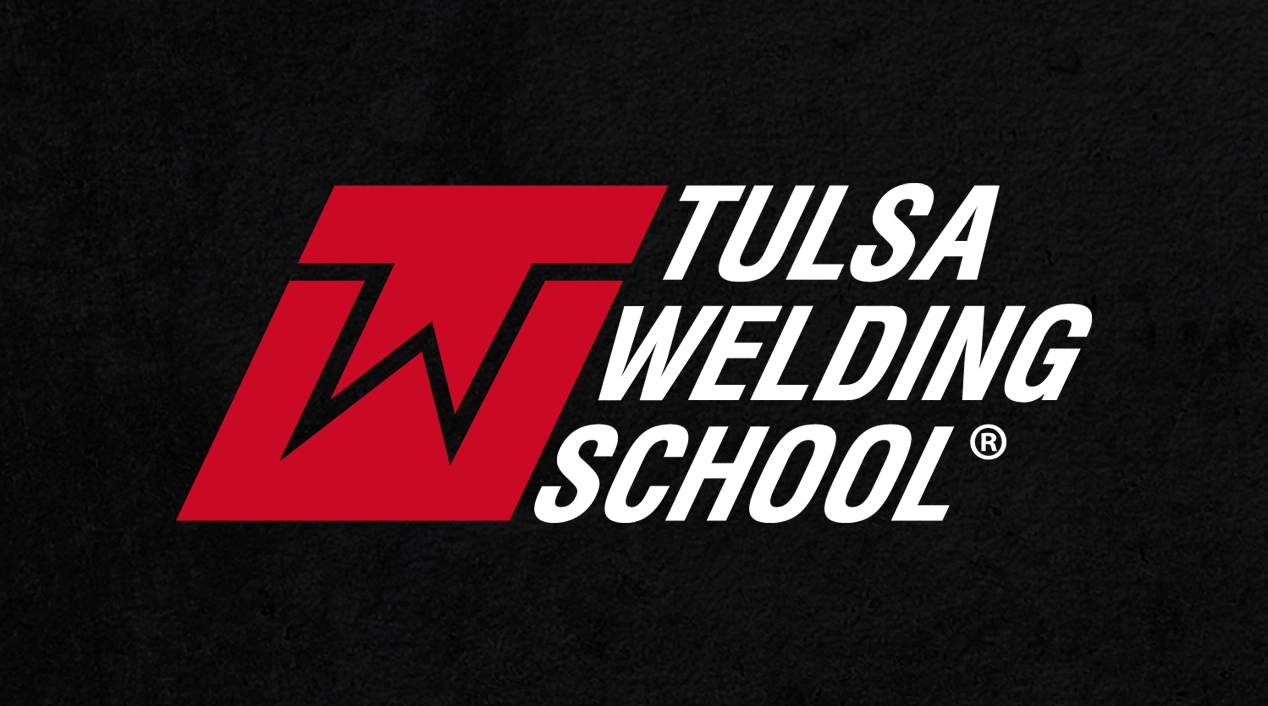TWS is a Great Training Option for Everyone
Learn more about how we can prepare you to advance your career.
HVAC could be a promising career for those who don’t want to spend at least four years at a college or work an office from 9 to 5. The job outlook for HVAC technicians is much better than average: the projected job growth rate from 2016 to 2026 is 15%, compared to 7% for all other occupations.[1] Following is a step-by-step guide on how to become an HVAC technician.

Step 1: Get a high school diploma/GED
HVAC systems are increasingly complex and require a lot of technical knowledge. For that reason, many aspiring HVAC techs embark on vocational training, for which you will need a high school diploma or GED. If possible, you should take high school courses in vocational education, math, chemistry, and physics. Any knowledge of electrical work, electronics, or plumbing may also help you ease into your HVAC training.

Have You Considered a Career in the Skilled Trades?
Fill out the form to recieve a no obligation info packet.
Step 2: Complete HVAC training
Once you obtained your high school diploma or GED, you can apply for vocational HVAC training. Since the trade has become quite multifaceted and reliant upon digital technology, employers typically prefer candidates with formal training. HVAC training at TWS in Houston or Jacksonville can be finished within 7 months. You learn about the fundamentals of electricity, solar, and refrigeration. You also work on residential-, commercial-, and refrigeration systems. You will have the ability to hone HVAC skills like identifying causes of operating errors, performing routine system maintenance, and installing the correct equipment.

Step 3: Obtain EPA license
In the U.S., all technicians who buy, handle, or work with refrigerants must be certified, as mandated by the U.S. Environmental Protection Agency (EPA). The EPA has developed four different types of certification, depending on what equipment you work on.[2] Some states and localities also require additional licensing, so you should always check with the relevant regulating body as to what credentials you will need to be able to work.

Step 4: Network in the industry
Whether you are still enrolled in a training program or have just graduated, networking in the industry is important for getting in touch with employers and staying up-to-date with the latest industry developments. A great opportunity for networking are construction conferences, where professionals from various trades gather and hold panel discussions, workshops, and plenary sessions. Local job fairs are another option for identifying businesses that are on the look out for skilled workers.

New: Industrial Maintenance
Learn About Our New Advanced Industrial Maintenance Program
Tulsa Welding School is proud to announce our newest program offering available at our Houston & Dallas Metro Campuses – Advanced Industrial Maintenance Technology! Learn the skills you need to take on the industries of manufacturing, distribution, energy production and facility maintenance in as few as 7 months.

Step 5: Find your dream job
Now it is time to “pitch” yourself to potential employers. All the right skills and credentials may not matter if you cannot communicate why a business should hire you over somebody else. Start with putting together a compelling skilled trades resume. A resume that stands out goes beyond merely listing your accomplishments and skills; it demonstrates intelligence, clarity, efficiency, attention to detail, and a dedication to quality. These are all traits that employers look for in a candidate for an HVAC position. The Career Services Department at TWS can help you prepare a professional resume.
Becoming an HVAC technician is a good career choice, given the demand for skilled workers in the industry. If you have a knack for technology, like working with your hands, are dedicated to your training, and do not shy away from going the extra mile, you could start earning money in this booming field quite quickly.
[1] https://www.bls.gov/ooh/installation-maintenance-and-repair/heating-air-conditioning-and-refrigeration-mechanics-and-installers.htm
[2] https://www.epa.gov/section608/section-608-technician-certification-0
This blog has been labeled as archived as it may no longer contain the most up-to-date data. For a list of all current blog posts, please visit our blog homepage at https://www.tws.edu/blog/







